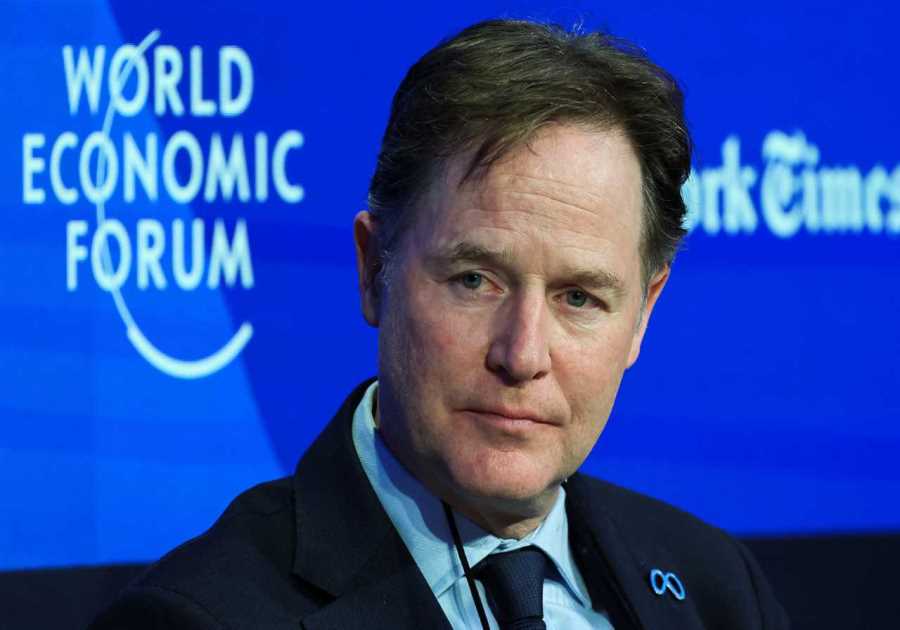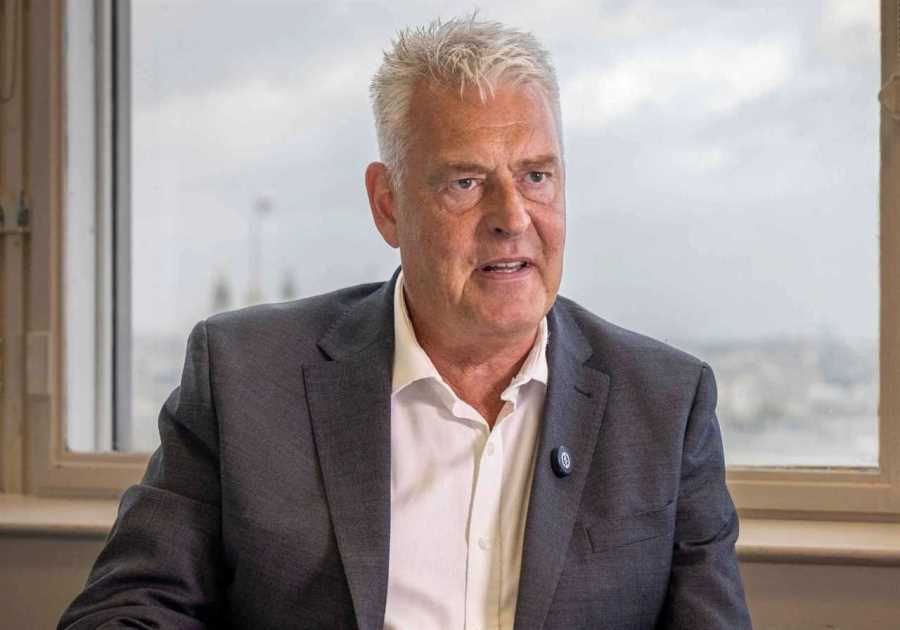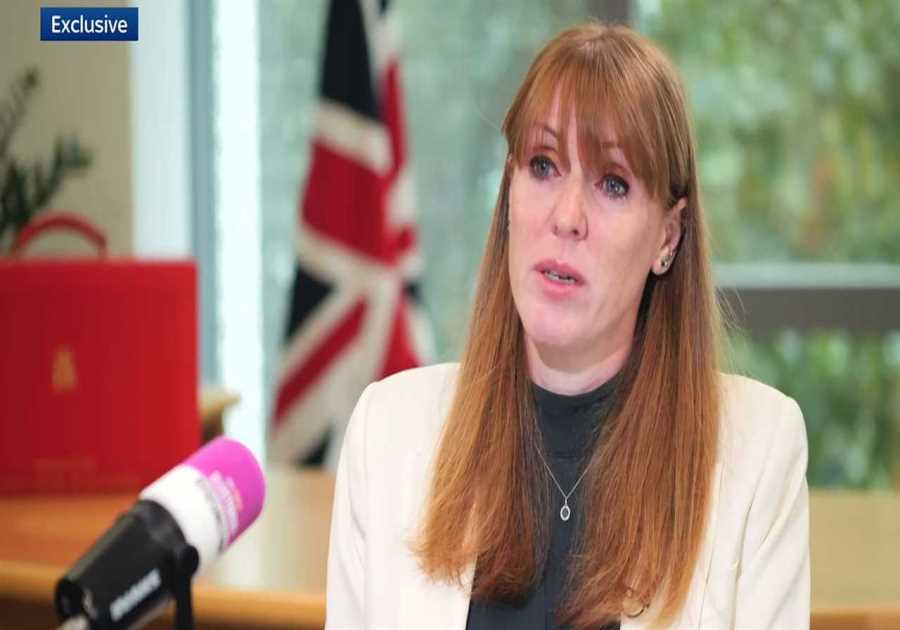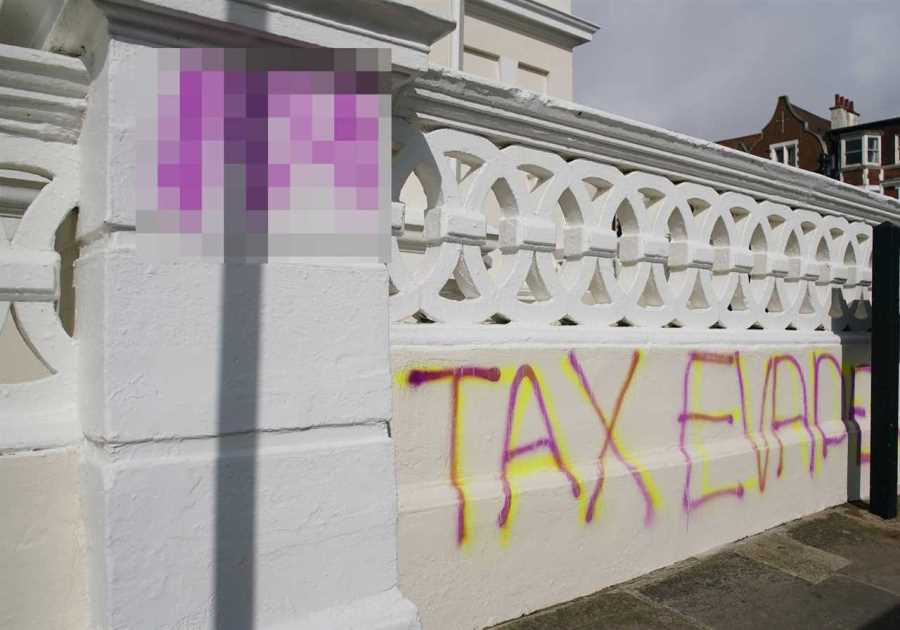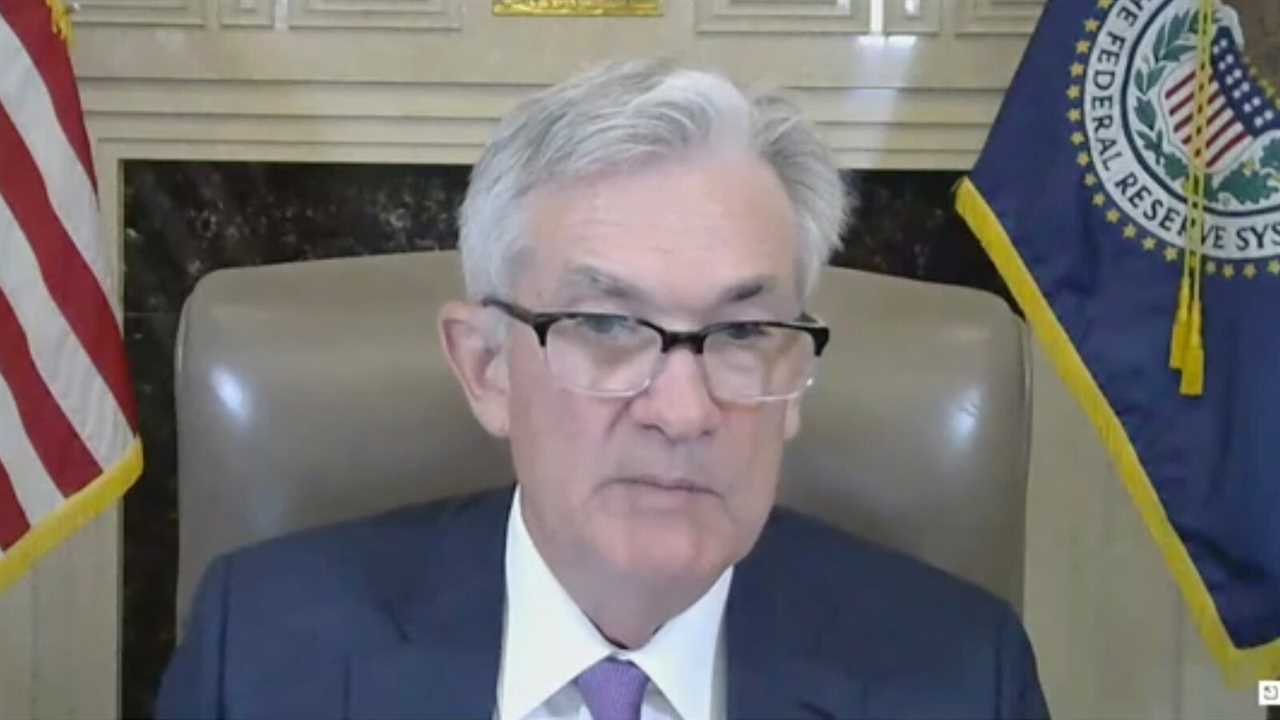
As he guides the financial system through the coronavirus pandemic, Jerome Powell, the chair of the Federal Reserve, has worked to keep cash flowing through the economy. He’s done it by tamping down interest rates and sometimes speaking up — to a degree that’s rare for a Fed director — to urge legislative action on behalf of workers and businesses.
Powell testified today before the Senate Banking Committee, and tomorrow he’ll speak to the House Financial Services Committee. What he said this morning mostly reaffirmed his past positions: He committed to holding interest rates low until unemployment was up and inflation rose, and he said that a recent increase in bond yields — though it has spooked some investors — was in fact a demonstration of fiscal health.
To get a handle on what Powell’s testimony means, and how it fits into the bigger picture of Fed policy these days, I spoke to Jeanna Smialek, an economics reporter who covers the Fed and who listened in on the Senate hearing today.
Hi Jeanna. In his Senate testimony today, Powell said that the economic recovery still had a long way to go, and that the Fed would continue to keep interest rates at rock bottom. What else did we learn from him today?
Powell put a fine point on just how patient the Fed is going to be before dialing back economic support.
For example, Senator Kyrsten Sinema, an Arizona Democrat, asked if the Fed needed to achieve all three of the goals it has set out — full employment, 2 percent inflation and an outlook for above-2 percent inflation — before raising interest rates. He answered that with an unambiguous “yes.” That’s consistent with what the Fed has said in statements, but it was noteworthy that he did not feel the need to add any caveats.
Likewise, he reiterated that the Fed needed to see “substantial further progress” toward full employment and stable inflation before dialing back its massive bond buying. Investors have been getting nervous that a bond buying slowdown, or a “taper” in wonk terms, could start soon. They lapped up that reassurance. (The hearing was closely watched. JPOW, Powell’s internet nickname, even trended on Twitter for a while.)
Unemployment has fallen to about 6 percent, down from a record-high 14.7 percent last spring. But Powell and Janet Yellen, the Treasury secretary, have both recently cited a different figure — roughly 10 percent — as the actual jobless rate right now. Can you explain the discrepancy? And tell us, is it rare for the country’s top economic and fiscal officials to cite unofficial unemployment data like that? In some small way, does this represent a new kind of thinking in Washington?
The Fed and Treasury are taking the official unemployment rate and adding people who (a) have dropped out of the labor market since February 2020 or (b) are misclassified because of a pandemic-tied reporting quirk.
This is the latest evolution in a long-running shift toward looking at labor market weakness more holistically: Officials have recognized for years that the official unemployment rate, which counts only active job applicants, misses a lot of people.
Fed and Treasury officials have used broader unemployment rates in the past, including a popular “underemployment” index after the 2009 recession, so this isn’t totally new. But one thing that’s been interesting to watch is that they often describe this 10 percent figure as the “real” unemployment rate, given the weirdness of the pandemic crisis and the ways it has messed with the normal data.
On Tuesday, Powell said that when the Fed thinks about “full employment,” it thinks about the employment-to-population rate, not just the unemployment rate. It underlined that officials are very aware that the plain-vanilla jobless rate doesn’t capture the entire labor market picture.
This week Congress is debating President Biden’s $1.9 trillion stimulus proposal, which includes sending $1,400 stimulus checks to many Americans. Some economists have expressed concern that infusing the economy with cash while interest rates are low could lead to inflation. Why is Powell apparently not concerned by this?
Inflation has actually been coming in on the low side for decades, and across a bunch of major advanced economies, which makes it hard for officials to believe that the slow-burn trend will change overnight. It sounds counterintuitive to paint slow inflation as a bad thing, but if consumer and business expectations for weak price gains get locked in, it can actually cause all kinds of economic trouble (from limited room for wage hikes to less room for rate cuts in recessions).
Inflation is expected to pop in the coming months, but most officials and many economists do not think that the temporary increase will last. And when it comes to government spending in particular, Powell said on Tuesday that while “there perhaps once was a strong connection between budget deficits and inflation — there really hasn’t been lately.” He said that he expected inflation to jump around in the next year or two but that he didn’t expect upward pressures “to be large or persistent.”
“We’ve had a very volatile economy for the last 15 years, and inflation has just done what it was going to do — it didn’t go up,” he said.
You wrote recently about the Fed putting a new focus on responding to climate change, particularly its effects on the economy. What steps are Fed economists taking — or planning to take in the future — in response to the ecological upheaval?
The Fed tends to paint its role in responding to climate change very narrowly: It wants to make sure the banks it oversees and the financial system are ready to deal with climate-related risks. Economists within the Fed system, which includes the board in Washington and 12 regional banks, also research the economic effects of climate change.
But the Fed is politically independent and has been very cautious when it comes to talking about combating climate change itself, which is fraught partisan territory. As evidence of the risk here, Senator Patrick Toomey, a Republican from Pennsylvania, said on Tuesday that the Fed should not try to broaden its mandate and that “issues such as climate change and racial inequality are simply not the purview of our central bank.”
How Democrats are approaching the Deb Haaland and Neera Tanden confirmation battles
By Isabella Grullón Paz
When Senator Joe Manchin III of West Virginia said yesterday that he would not vote for Neera Tanden, Biden’s nominee to lead the Office of Management and Budget, both progressives and conservatives supported the decision, pointing to past tweets of hers bashing Republicans and some on the left like Senator Bernie Sanders.
But when Manchin expressed hesitancy about confirming Representative Deb Haaland of New Mexico as secretary of the interior, Democrats rallied behind her. Some privately urged Manchin not to derail the appointment of Haaland, who, if confirmed, would make history as the first Native American to lead a cabinet agency. (You can also read more on Haaland’s confirmation hearing today in our live briefing.)
Some critics said the opposition of Manchin and Republicans to Tanden’s nomination reflected a sexist double standard, given their past support for cabinet nominees who had made perhaps more controversial statements. After he expressed hesitancy about Haaland, others seized on the fact that the West Virginia senator seemed to be holding up the nominations of multiple women of color. Manchin’s office did not immediately respond to a request for comment.
“Democrats that stand in the way of women of color leadership and the historic confirmation of our first ever Indigenous secretary of the interior represent a regressive, backward step for our nation and do not reflect the priorities of today’s Democratic Party,” Aimee Allison, the founder of the advocacy group She the People, said in a statement. “Confirming Deb Haaland is a sign of a promising future.”
Jane Hall, a professor at American University’s School of Communication and an expert on gender, media and politics, noted that the reasons for Manchin’s doubts about Haaland’s confirmation remained unclear — he has said only that he has “reservations” — but she said that a double standard was clear in the approach to Tanden’s nomination.
“As people have been pointing out, Kavanaugh screamed in Congress, and many other men have said stronger or worse things than Neera Tanden has said,” Hall said in an interview. “There is much lower tolerance of very strong language from women.”
Although both women would be firsts for their roles, with Tanden potentially the first woman of color to lead the Office of Management and Budget, the support for Tanden pales in comparison to that for Haaland.
“I think there’s a lot of excitement about the possibility to reshape an agency that has wreaked havoc on Native American lives,” Hall said.

